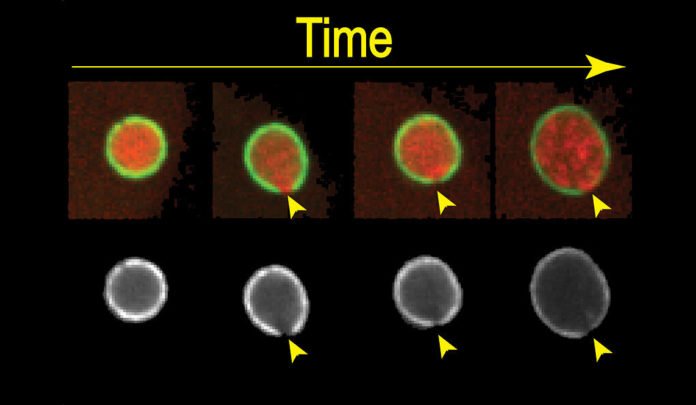All DNA is fixed inside the cell’s atomic film, which shields it from sub-atomic raiders. In any case, what happens when that DNA’s protective membrane tears? Yale analysts followed the repair procedure in creating fetuses of the worm C. elegans.
In cells with layers harmed by lasers or infection changes, a group of proteins acts like craftsmen to reseal the rupture. Now, Yale scientists have found the structural scaffold of the nuclear membrane helps the repair of the breach during the healing process.
Shirin Bahmanyar, assistant professor of molecular, cellular and developmental biology said, “If the envelope rips, the embryos survive because the structural scaffold stabilizes the tear and keeps the DNA protected.”
Scientists noted, “The insights may one day help develop treatments for disorders caused by ruptures in nuclear envelopes, or alternately damage or kill cells with mutations that cause cancers or other diseases.”
The study is published online in the journal Molecular Biology of the Cell.
